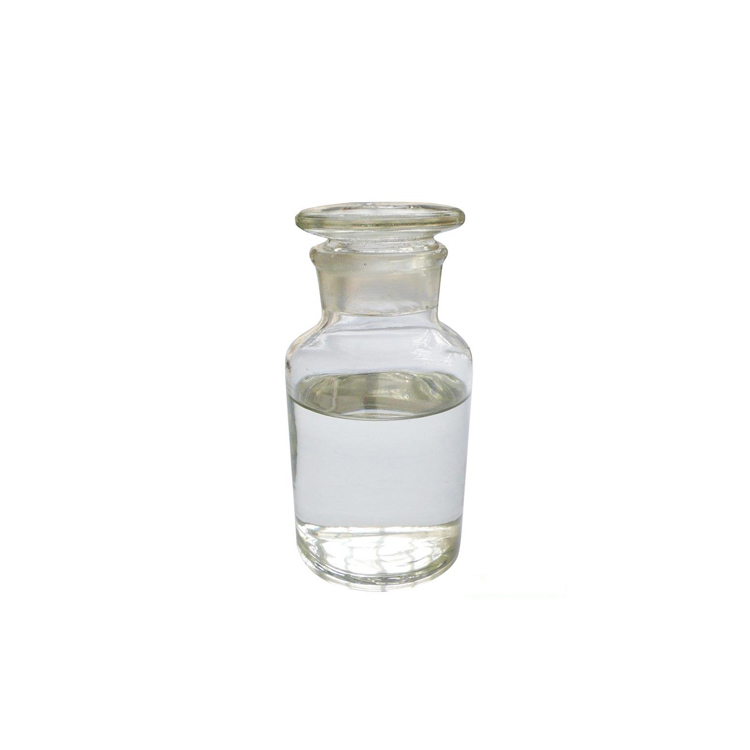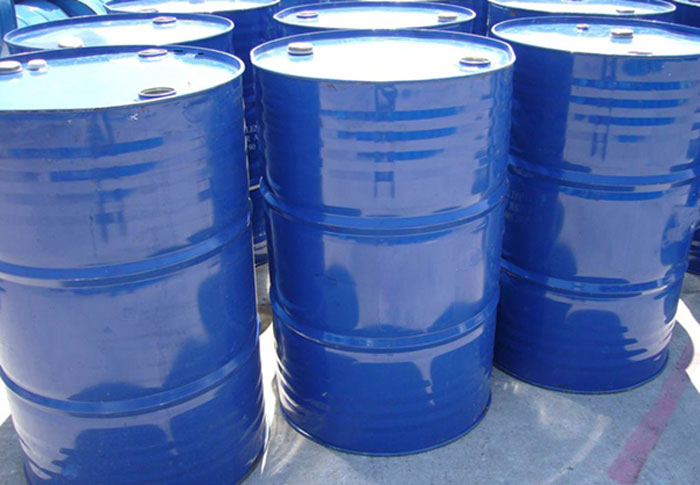Product Description
N-[3-(Trimethoxysilyl)propyl]ethylenediamine/KH-792/CAS 1760-24-3
-
1760-24-3
-
KH-792/A-1120/KBM-603/SH-6020
-
Entrepreneur
-
colorless to light yellow clear liquid
-
98% Min

Product name: Coupling agent N-[3-(Trimethoxysilyl)propyl]ethylenediamine/KH-792
CAS No.: 1760-24-3
Molecular Formula:C8H22N2O3Si
Molecular Weight: 222.36
Appearance: Colorless to light yellow clear liquid
Flash point: 128℃
Boiling point: 261℃
Refractive index:1.4425
Density: 1.03
Purity: 97% Min
Description:
N-[3-(Trimethoxysilyl)propyl]ethylenediamine, also knons as KH-792, A-1120, KBM-603 or SH-6020, is a bifunctional organic compound in which the silicon-functional methoxy-groups hydrolyze in the presence of water to form reactive silanols, which can be bonded to an inorganic substrate; the organophilic diamino group can interact with a suitable polymer.
The hydrolysis of KH-792 takes place auto-catalyticcally. The pH of the hydrolysate is about 10. For longer stability of the hydolysale a pH of 4 is recommended. Examples of particularly suitable inorganic substrates are glass or glass fibres. Examples of suitable polymers are PA, PBT, PC, EVA, modified PP, PVAC, PVC, acrylates and silicones.
KH-792 can undergo reactions with ketones or esters as solvents. The silane or silanized substrates can react with carbon dioxide to form the corresponding carbonates. Product modifications are possible through addition reactions with suitable monomeric or polymeric compounds (such as isocyanates, epoxides).
Features:
1. KH-792 is a bifunctional silane possessing a reactive amino group and hydrolysable methoxysilyl groups. The dual nature of its reactivity allows it to bind chemically to both inorganic materials (e.g., glass, metals, fillers) and organic polymers (e.g., thermoplastics, thermosets or elastomers).
2. It is used as adhesion promoter at organic/inorganic interfaces, for modification of surfaces (corrosion prevention, component of primers) or silicone-polymer or as crosslinker (moisture crosslinking of polymers).
3. The use of KH-792 as a coupling agent leads to in general to an improvement of mechanical and electrical product properties above all under exposure to heat and/or moisture.
4. KH-792 is a colorless to slightly yellowish liquid with an amine-like odor which is soluble in alcohols and aliphatic as well as aromatic hydrocarbons.
Applications:
1. Surface Modification
KH-792 is frequently used for surface modification and functionalization of materials. It can enhance the adhesion between different materials, such as glass, metals, ceramics, and polymers. This makes it useful for applications such as coatings, adhesives, and composites.
2. Silane Coupling Agent
KH-792 acts as a silane coupling agent, facilitating the bonding between inorganic materials (such as silica, glass, or metal oxides) and organic polymers. It improves the compatibility and mechanical properties of composite materials, providing enhanced strength and durability.
3. Biomaterials and Biomedical Applications
KH-792 finds applications in the field of biomaterials and biomedical research. It can be used for functionalizing surfaces of medical devices, implants, and drug delivery systems to enhance biocompatibility and promote cell adhesion.
4. Catalysis and Chemical Reactions
Surfaces functionalized by KH-792 can serve as catalysts or support materials for various chemical reactions. It finds applications in catalysis, organometallic chemistry, and other synthetic processes.
5. Nanotechnology and Electronics
KH-792 is utilized in nanotechnology and electronics for surface modification and functionalization of nanoparticles, nanocomposites, and electronic components. It helps improve the dispersion, stability, and compatibility of nanoparticles in various matrices.
6. Analytical Chemistry
KH-792 is used in analytical chemistry techniques such as solid-phase extraction (SPE) and gas chromatography (GC). It can be employed for sample preparation, derivatization, and improving the selectivity and sensitivity of analytical methods.
Specifications:
Appearance
Colorless to slightly yellowish liquid
Purity
≥97.0%
Density at 25℃
1.03g/ml
Refractive index (25℃)
1.4425
CAS No.
1760-24-3
Storage: Store in a cool, dry, ventilated place.
Molecular Formula
C8H22N2O3Si
Molecular Weight
222.36
Flash point
128℃
Boiling point at 760mmHg
261℃
Package: 200kg/drum or as your special request.
